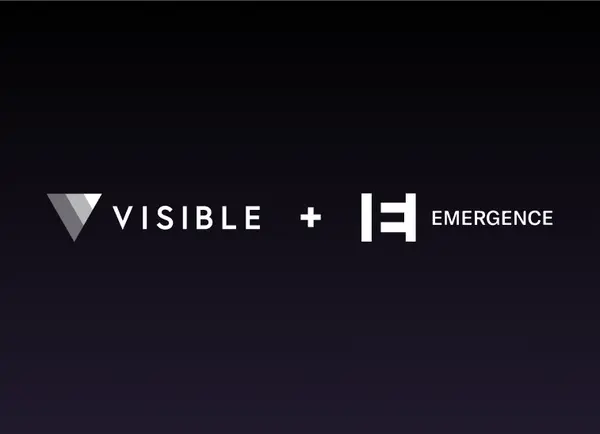With the seed to series A conversion rate estimated to be under 20% having the right resources, framework, and mind set for conducting your series A fundraise are vital. The team at Y Combinator recently published a thorough guide on raising your Series A that helps lay out every step of the process. The guide is full of helpful tidbits so we pulled our favorite takeaways and shared them below.

Consistency with Metrics
As most fundraising related articles will tell you, having your metrics in place before a fundraise is required for a successful fundraise. As they simply put, “if you don’t know your metrics cold, you’re not ready to fundraise.” The YC guide takes a deep dive here but also focuses on the importance of consistency with your metrics.
The decision to invest in a Series A round is likely still a gut instinct for investors. You have more data than your seed round but likely just a few months so being able to demonstrate consistency and emerging trends is key. Always know your metrics off the back of your hand so when things start clicking you can kickoff your fundraise with conviction.
Managing Your Relationships
Just like we’ve covered in the past, fundraising starts by building relationships. This is over the course of the 6-12 months prior and should not be confused with your formal fundraise. YC suggests building out a sales/investor funnel to manage the process. Just like a sales process it starts by building a list, getting connections, having conversation, then starting regular conversation if it makes sense.
Once you push investors towards the bottom of the funnel you will likely have formed a strong relationship, know one another’s expectations, and have built up the excitement to pull the trigger when you’re ready to launch your Series A raise.
The team at YC found that, “On average, we found that companies that raised A’s started with coffee meetings with at least 30 individual investors.” You are likely talking to 50, if not 100+, different investors throughout a fundraise so having a system in place is key. Check out our free Fundraising CRM to help keep tabs on the process.

How Much Should I Raise?
The requirements/size of a Series A feel more subjective than ever before. There are not cut and dry guidelines for what revenue, traction, metrics, etc. you need to have. The average round size for a YC company last year was $9M. However, we’ve seen Series A rounds ranging from $200k to $50M over the past year and seed rounds that have exceeded their $9M average.
The team at YC summed it up perfectly by saying, “You should raise the minimum amount you need to hit your Series B milestones, typically ~3-5x your current numbers. We suggest picking a single number, not a range. Ranges look indecisive and investors will assume that your numbers can flex, so pick the amount you actually need.”
Sharing (the right) Data
One of the things we get asked about most is when and how you should share data with potential investors. While it can be intimidating to question or reject a potential investors requests, YC offered a tip we found to be very useful — “A good strategy is to ask the investor what question they are trying to answer by requesting information. This can help you (1) figure out a more efficient way to answer their question and (2) suss out if they are only trying to create busy work.”
Own the Schedule
When it comes to scheduling meetings and running the actual fundraising process, YC is adamant about batching your meetings. For example, having all of your partner meetings within as 1 or 2 week window. The idea being that (1) investors will make offers around the same time and (2) they will not be able to collude and/or see other investors passing. Additionally, this gives you a chance to quickly iterate on their pitch and spend more time on the day-to-day of their business.
However, this is easier said than done. YC warns that founders will often let the first meetings drag out for months or on the flip side; founders will create a tight timeline by accident. Losing track and control of your schedule is an easy way to kill a fundraise.
Raising Money Isn’t the Goal
One of my favorite lines from the guide comes towards the end; “If you’ve succeeded in raising an A, there’s one final challenge: remembering that raising money isn’t the goal.” Raising a Series A is an incredible feat and one that very few companies will get to. However, it does not make your company a success. Successful founders will remember why they raised their Series A and set their eyes on tackling the goals they laid out during their fundraise to begin with.
If you’re interested in reading more about raising your Series A, be sure to check out our Series A Funding Guide.





